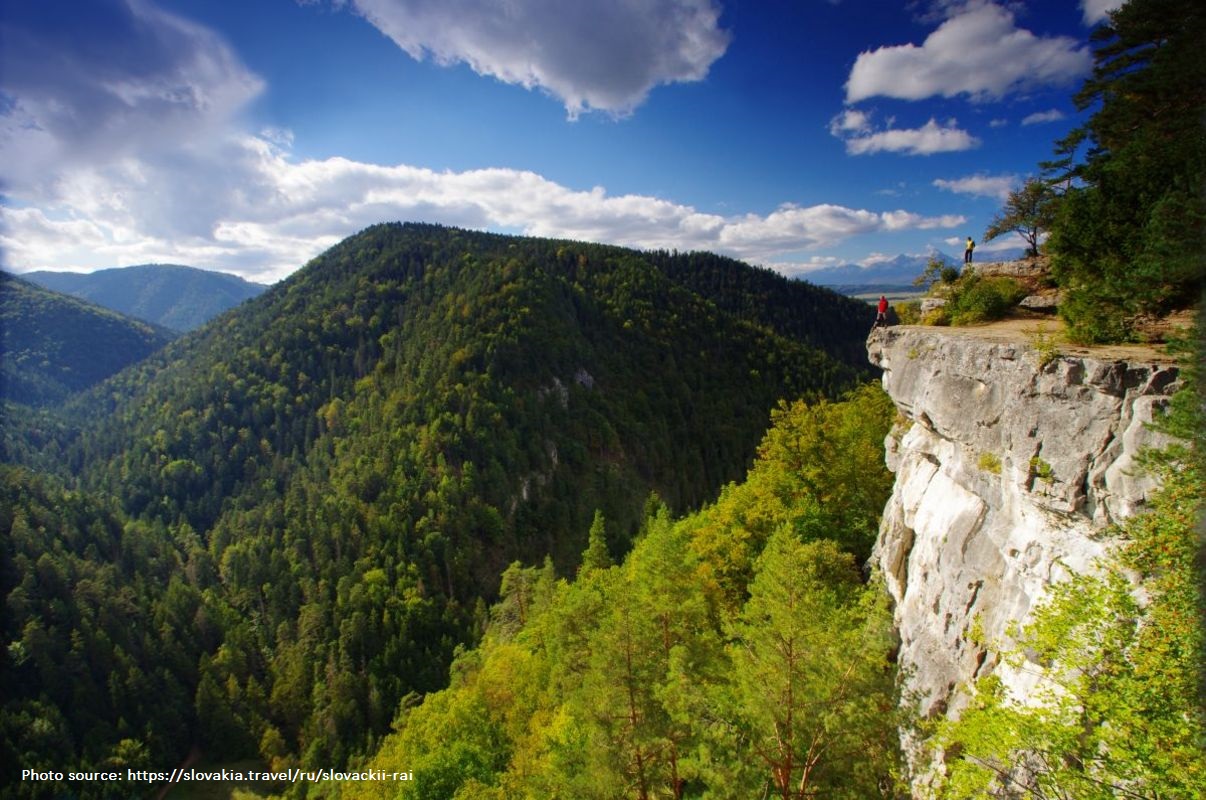The Tajikistan CEP team learnt innovative management in European transboundary national parks
Transboundary national parks are unique ecosystems that connect nature and the cultures of different countries. They are crucial for the conservation of natural heritage and for the sustainable development of transboundary regions.
“Effective management and conservation of biodiversity in such parks are prerequisites for achieving their goal of protecting nature and ensuring the well-being of local communities,” says Dilovarsho Dustzoda, ReCATH Manager.
An important reason for creating such parks is that biodiversity knows no borders. Many species of animals and plants migrate between countries, and if one side fails to provide the necessary protection, this can lead to species extinction. Effective cooperation between states becomes necessary to protect these ecosystems, which requires the creation of common strategies, monitoring, and joint management of resources.
Some areas in Tajikistan can become transboundary national parks. Under the World Bank’s RESILAND Tajikistan project, assistance is expected in creating a transboundary national park. Employees of the Committee for Environmental Protection under the Government of the Republic of Tajikistan (CEP RT) took part in the study tour “Innovative approaches to biodiversity management and conservation in European national parks.”
Neusiedler See National Park – Seewinkel
The study tour included acquaintance with the work of cross-border national parks in Austria, Slovakia and the Czech Republic. Among them was the Neusiedler See – Seewinkel National Park in Austria, home to the fourth largest lake in Central Europe – Neusiedler See, which is included in the UNESCO World Heritage List.
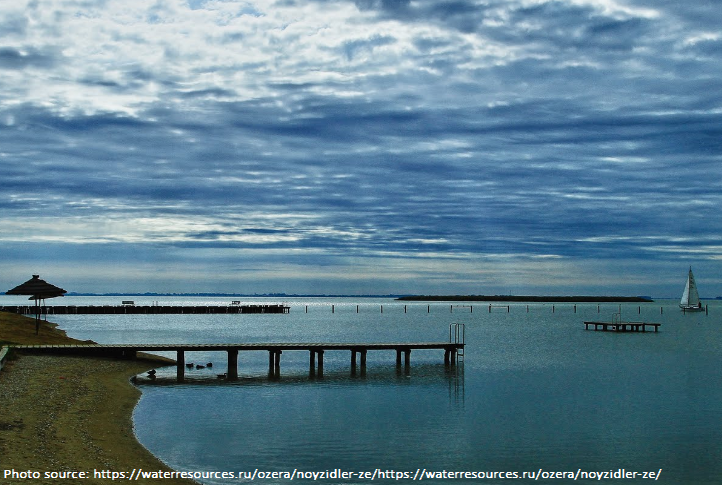
Expert Alois Lang told the participants of the study tour about the work of the Neusiedler See – Seewinkel National Park – a nesting place for many birds. There are a variety of landscapes: reed beds, swamps, meadows and steppes.
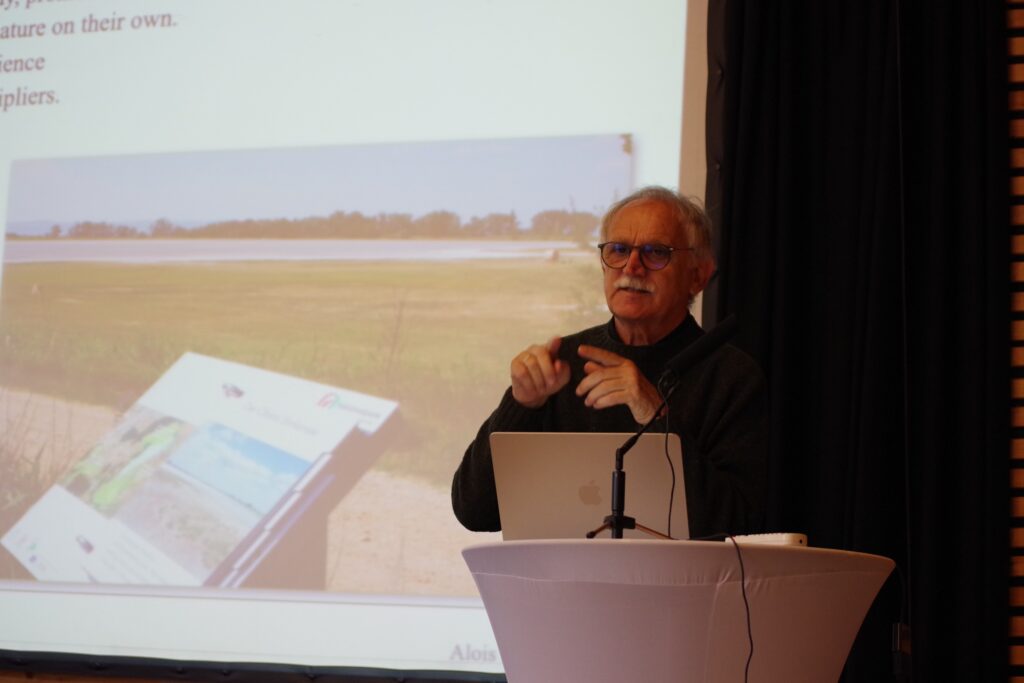
During the spring and autumn migration, the feathered population of the lake and its coast increases several times, which creates favorable conditions for ornithological tourism.
Alois Lang stressed that the lion’s share of the costs of organizing birdwatching tours and festivals is borne not by the park, but by the partners. For example, Swarovsky provides binoculars. Private entrepreneurs provide a wide range of services, and the task of the park is to provide professional ornithologists and organize tourism so that it is sustainable.
Transboundary national parks bring income to the local population becoming ecotourism centers. Maintaining biodiversity attracts tourists interested in nature and wildlife. With the right approach to management and sustainable use of resources, such parks can be a powerful stimulus for the growth of the local economy and support for the traditional way of life of residents.
Representatives of the CEP of the Republic of Tajikistan learned how their colleagues from Austria are engaged in the restoration and conservation of habitats of rare and endangered animals and plants, manage biotopes through sustainable nature management (grazing, mowing meadows, cutting reeds and sealing drainage ditches) and work with farmers to restore the landscape and create a market for beef cattle and wine produced in the park.
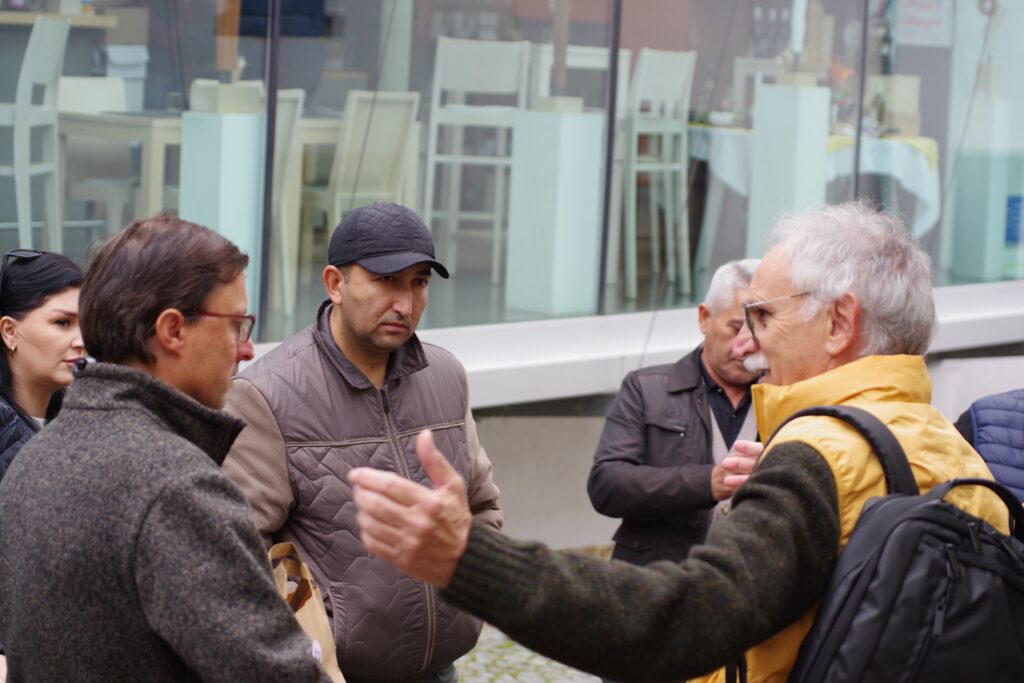
During the excursion to Illmitz, the study tour participants received comprehensive information about biotope management and ecotourism development, including cooperation with farmers and transboundary aspects of management. They got acquainted with the equipment of observation decks, bird-watching towers, navigation and information systems made in the same style.
White Carpathians Protected Landscape Area and Slovak Paradise National Park
Effective biodiversity management in transboundary parks also requires the active participation of local communities. Their knowledge, traditions, and consideration of their needs will contribute to more efficient ecosystems preservations and ensure sustainable development. The joint efforts of residents and authorities from different countries can lead to more successful implementation of environmental programs and raise awareness of the importance of nature conservation.
This is how the White Carpathians protected landscape area works in the Strážnicko microregion, Bohemia Moravia.
Representatives of the CEP of the Republic of Tajikistan knew about various projects on rural development and landscape restoration, including the restoration of intensively used fields, and the preservation of traditional lifestyles in villages. They praised the level of work of MAS Stražnicko and his network of partners.
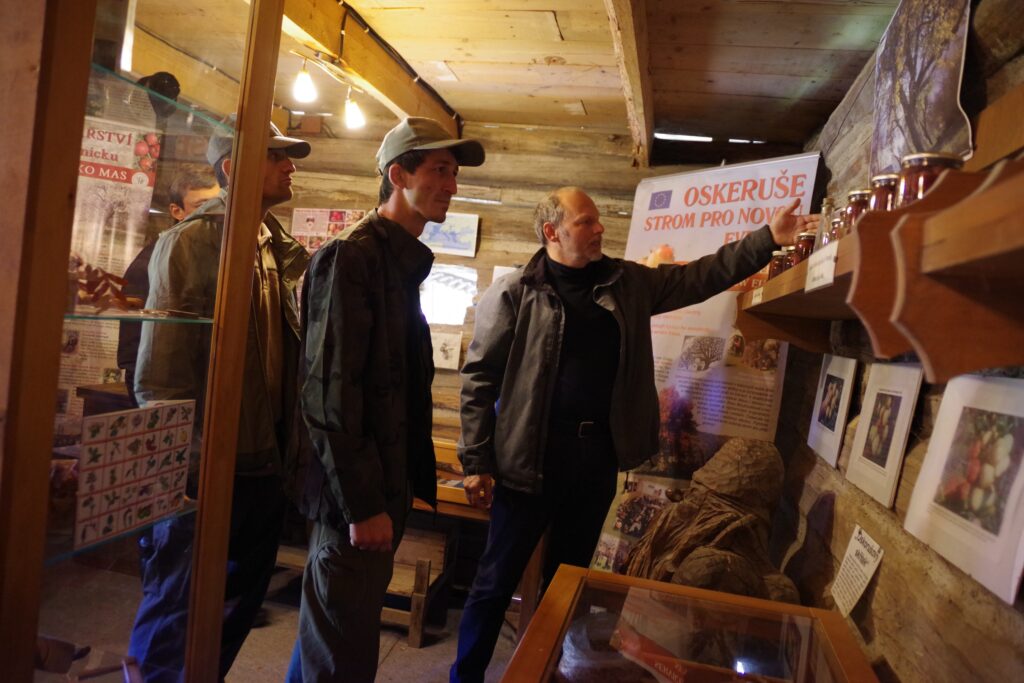
The Tajik colleagues especially liked the “Electroshepherd” mobile pasture system and hotly discussed how this Czech experience can be applied in Tajikistan.
“The Tajik colleagues were very interested in learning the experience of their Czech colleagues in organizing cultural events, such as festivals, and craft fairs, which allow villagers to remember their traditions and be more respectful of the cultural heritage, and visitors to touch the traditional life of the Moravian village,” says Svetlana Belova, Director of Machaon International.
MAS Strážnicko’s project manager Vítek Grdešek said that active and creative work has made MAS a leading organization in the development of rural tourism in the Strážnicko microregion and has attracted many partners, including authorities, as well as grant funds from the European Union. “And this cooperation includes not only sponsorship but also the active participation of partners in various holidays, competitions, and PR campaigns, where MAS promotes new ideas for the development of tourism and sustainable development in the region,” says Vitek Grdešek.
According to representatives of the CEP of the Republic of Tajikistan, the Slovak Paradise National Park in Slovakia is the closest in its landscape to the Tajik mountainous reliefs.
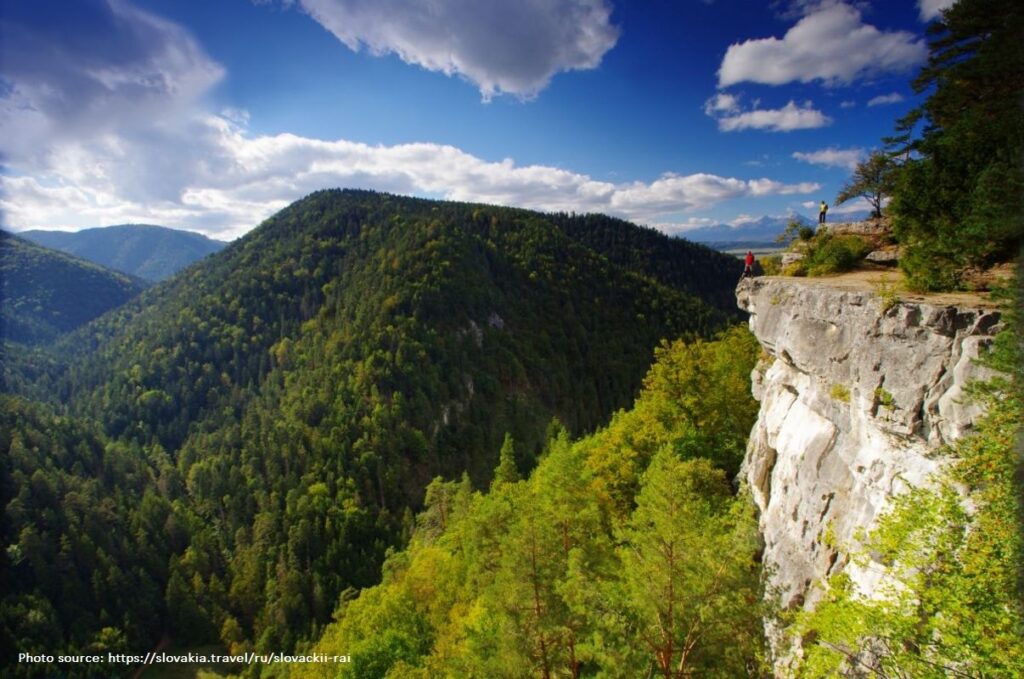
The Park abounds deep and long canyons, huge caves, waterfalls and rivers. As Svetlana Belova notes, the canyons are a magnet for tourists, and the number of visitors to the park reaches 750,000 persons annually. “In these conditions, the management of the flow of tourists and the zoning of the park is set up very competently, and tourists can only walk along marked routes,” she says.
The Slovak Paradise National Park is famous for being a training laboratory for the restoration of sustainable landscapes both for colleagues from Slovakia and other countries of the world. It is no coincidence that all the participants of the study tour noted that the experience of the Slovak Paradise is the most useful and realistic for adoption within the conditions of Tajikistan.
The tour of the Slovak Paradise National Park was dedicated to sustainable reforestation with a focus on know-how in sustainable forest management. Representatives of the CEP of the Republic of Tajikistan learned about various forest management strategies and approaches to forest restoration with a special focus on innovation. During the tour, special attention was paid to the restorative role of biodiversity. It has been noted that mixed forests, in contrast to monocultures, are more resistant to pest attacks, such as the typograph beetle, which can reduce large areas of forest. Mixed forests are also better able to cope with climate change. The forest engineer revealed to the participants of the study tour the secrets of adapting forest ecosystems to climate change.
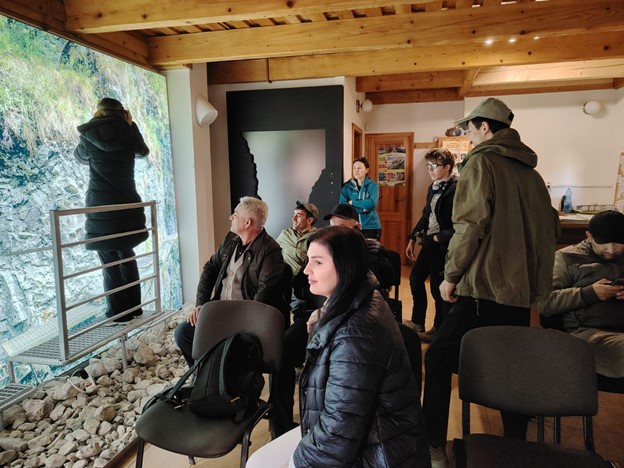
Methods already being used in practice were also demonstrated. One of the most interesting techniques is selective logging using horses. Horses are used where mechanical machines can negatively affect the environment. This approach minimizes the impact on the soil and helps preserve forest structures, creating a more balanced ecosystem.
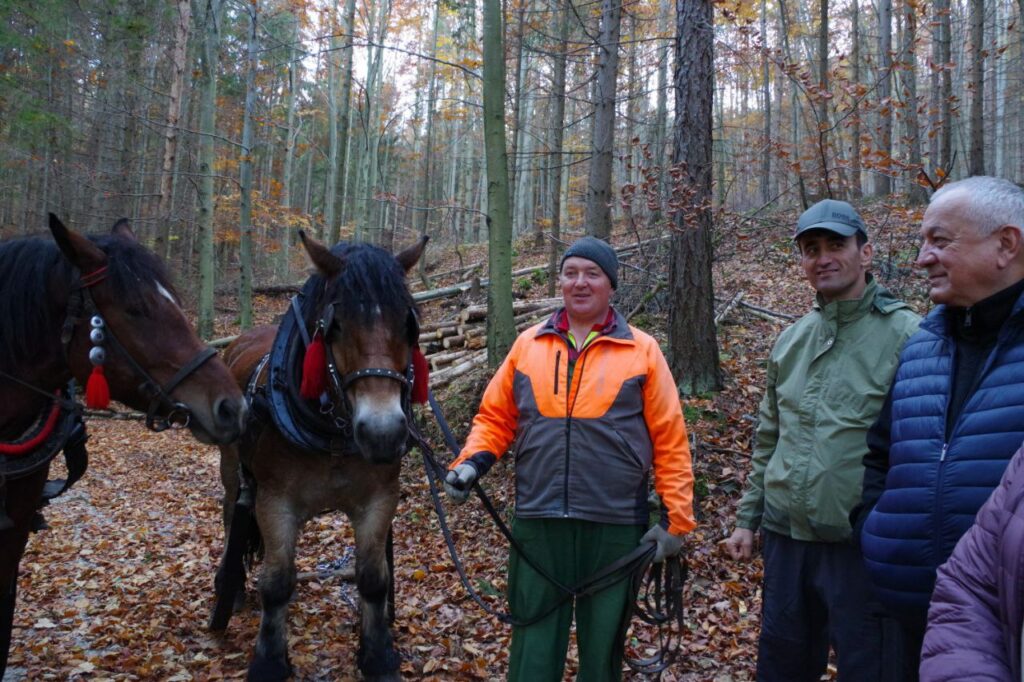
No less interesting for colleagues from Tajikistan was the unique system of routes in the canyons, equipped with metal and wooden stairs, bridges and other structures. It is noteworthy that they are maintained in working condition by residents of a nearby village, who also charge a fee for entering the canyon.
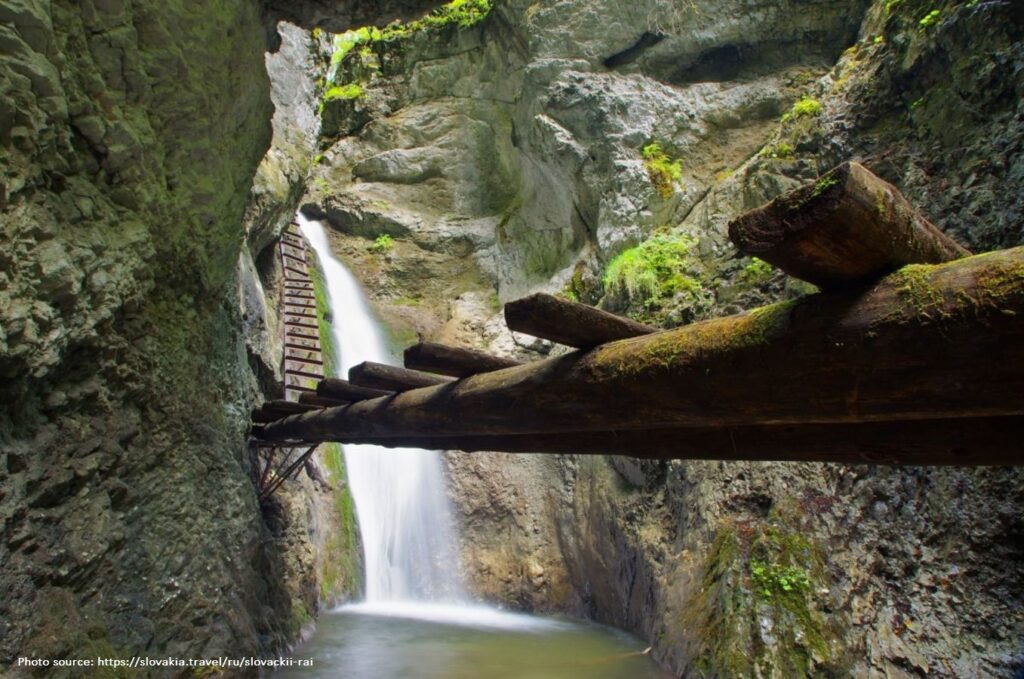
The participants of the study tour were delighted with the technical equipment of the canyon routes, and they expressed a desire to study how mountain routes are equipped in other European mountain parks (for example, in the Alps), to then apply the experience gained taking into account the landscape features of Tajikistan.
Stefanija Bryndzova, a botanist of the Slovak Paradise Park, presented the successful experience of restoring meadow landscapes, collecting data for monitoring changes in vegetation over time over a large area (Tansley scale).
The problem with the conservation of ray biodiversity is that traditional approaches to grassland management – grazing or mowing – are unprofitable in the light of modern economic realities. Stefania Bryndzova told how the park solves this problem. She shared the secrets of caring for unique meadows in cooperation with local communities and demonstrated how the park collects data on a small area (5×5 m) and phytocenological accounting.
All this aroused great interest among the participants of the internship. Many of them expressed confidence that it is the Slovak Paradise that should be included in the program of the next internships organized by the RESILAND CA+ project.
Representatives of the CEP of the Republic of Tajikistan learned how European colleagues are engaged in the creative promotion of remote rural areas. For example, the Creative Mountains project of Machaon International helps to preserve the living culture of three mountain regions in Slovakia, Armenia and Georgia. They were told how to ensure that farmers who conserve rich arch biodiversity have the opportunity to market their products in the region, advertise restaurants that are ready to buy from them and revive the unique culinary heritage along with folklore traditions. The project demonstrated how to make the symbiosis of local communities and biodiversity conservation attractive for the development of soft tourism and show that the preservation of cultural heritage can be beneficial in the modern world.
The participants of the study tour got acquainted with the experience of Makhaon International and its partners from Georgia and Armenia in organizing art expeditions of bloggers and photographers and folklore and gastronomic festivals.
They also attended Slovakia “visiting card”, the Tatra National Park, which is located in the cross-border territory of Slovakia and Poland. The expert Dr Josef Bednar shared his experience of restoring the forest after an extreme storm which destroyed 30% of the forest 20 years ago. He told how the monitoring of the park’s biodiversity is carried out in cooperation with Polish colleagues.
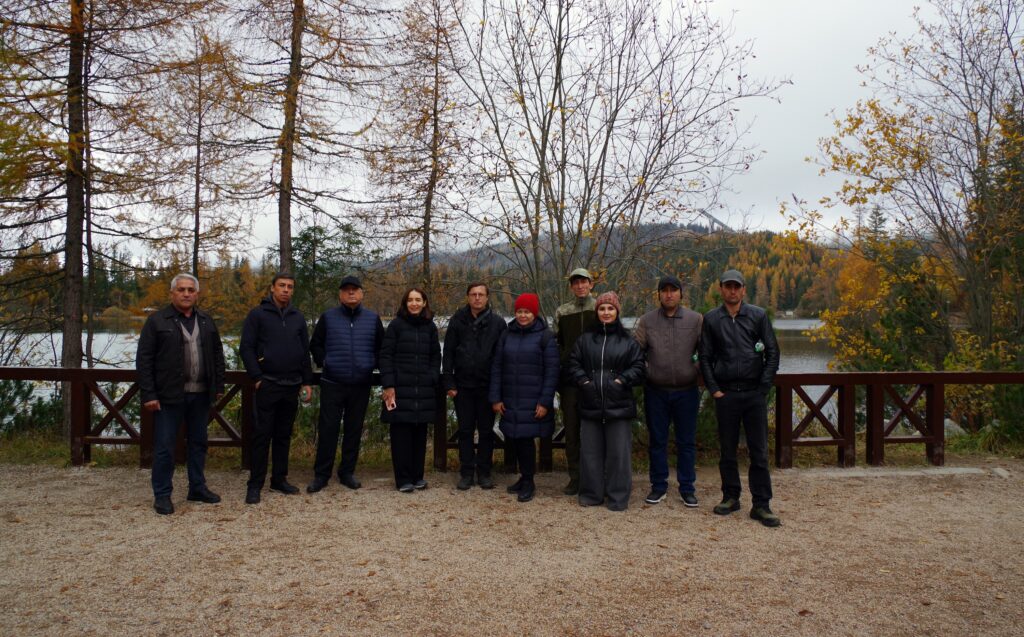
In addition, the participants of the study tour visited the tourist area of Štrbské Pleso and got acquainted with the equipment of routes, observation decks and recreation areas.
—–
The Study Tour was organized from October 26 to November 3, 2024, by Machaon International in partnership with the local initiative group “Strážnicko” (Czech Republic), the National Parks Neusiedler Si (Austria) and the National Parks “Slovak Paradise” (Slovakia) within the framework of the regional component, ‘Consulting Services for Strengthening Regional Collaboration,’ implemented by the Regional Environmental Centre for Central Asia (CAREC) under the Tajikistan Resilient Landscape Restoration Project, funded by the World Bank’s Resilient Landscape Restoration Program (RESILAND CA+).
Additional information:
Irina Bekmirzaeva, CAREC Program Manager “Climate Change and Sustainable Energy”, ibekmirzaeva@carececo.org

